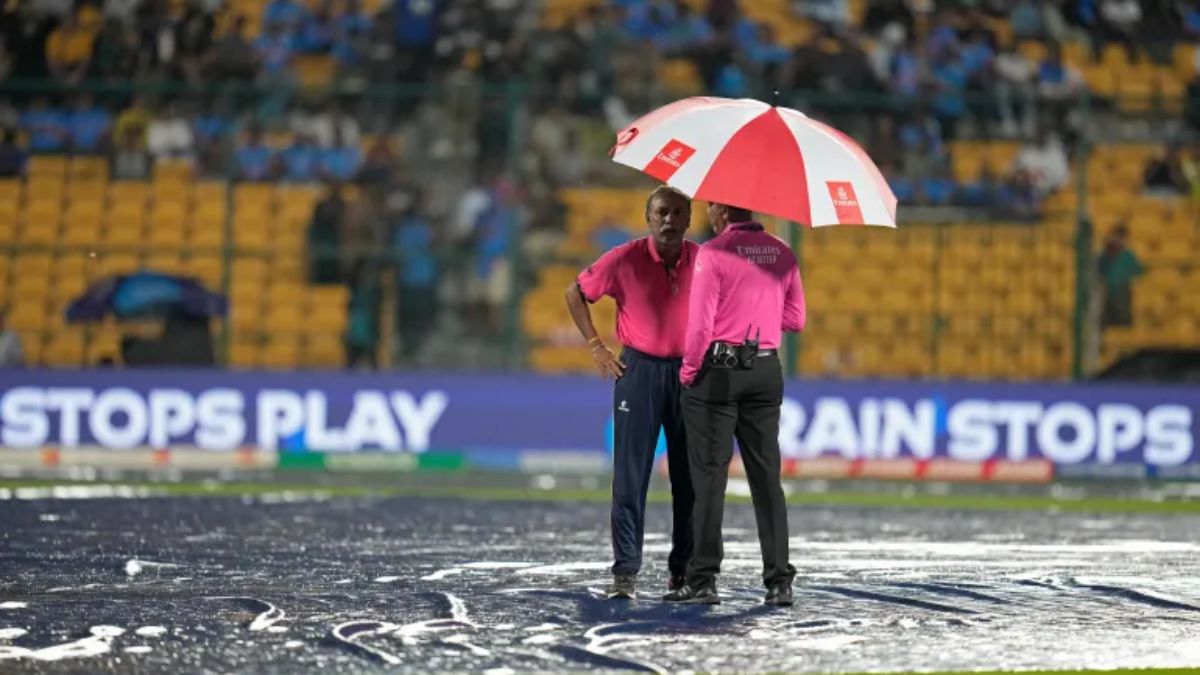Cricket, unlike most sports, is heavily influenced by external factors such as weather conditions. Rain interruptions often reduce the number of overs in a limited-overs match, creating a challenge: how do you fairly set a target for the team batting second when both sides haven’t faced the same number of overs? The solution to this lies in the Duckworth-Lewis-Stern (DLS) method, a mathematical formula widely used in modern cricket.
Origin of the method
The DLS method was originally created by two English statisticians, Frank Duckworth and Tony Lewis, in 1997. It replaced the earlier, flawed “Average Run Rate” system, which often produced unfair results in rain-hit matches. Later, Australian statistician Professor Steven Stern updated and refined the model, and it became officially known as the Duckworth-Lewis-Stern method.
How does the DLS method work?
The central principle of DLS is that in limited-overs cricket, a team’s ability to score runs depends on two key resources:
-
Overs remaining
-
Wickets in hand
When a match is interrupted, the DLS method calculates how many resources have been lost and adjusts the target accordingly. For example:
-
If Team A scores 300 in 50 overs, and Team B’s innings is shortened to 40 overs due to rain, the DLS method will not simply reduce the target proportionally (to 240). Instead, it accounts for the fact that Team B may have more wickets in hand earlier and can bat more aggressively, so the adjusted target could be slightly higher or lower than a straight percentage.
Key scenarios
-
Interrupted first innings: If the first batting side faces fewer overs, DLS revises the par score for the second team.
-
Interrupted second innings: If the chasing team’s overs are reduced, the par score is recalculated based on their remaining resources.
-
Multiple interruptions: The formula can be reapplied at each stoppage to update targets.
Criticisms and importance
While highly regarded as the fairest method, DLS is sometimes criticized for being complex and confusing to fans, as it involves statistical tables and resource percentages. Still, it remains the most accepted system worldwide, endorsed by the International Cricket Council (ICC).
Conclusion
The Duckworth-Lewis-Stern method has revolutionized rain-affected limited-overs cricket by balancing fairness and competitiveness. While players and fans may not always agree with its outcomes, it ensures matches are not reduced to guesswork or unfair averages. Today, the term “DLS target” has become a familiar part of cricketing vocabulary — a reminder of how math and sport often intersect.


